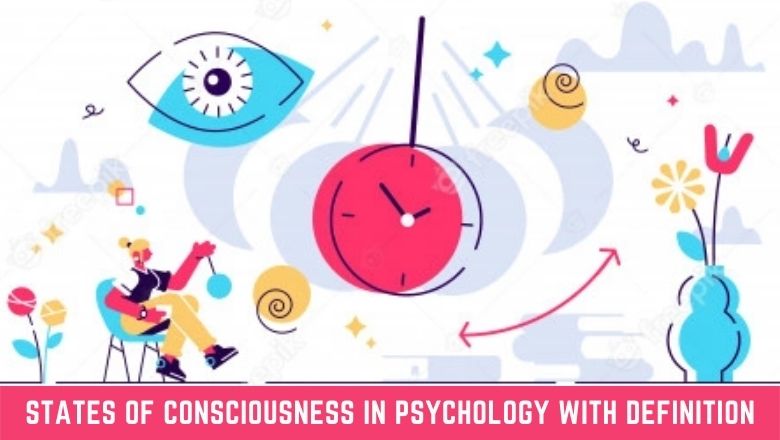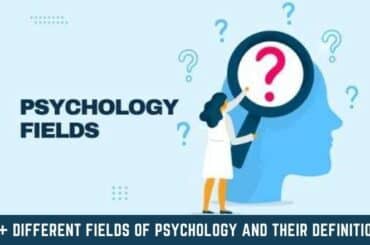Throughout this article, I will discuss “Different States of Consciousness in Psychology with Definition“. It is impossible to cover our entire body awareness with consciousness alone. Our minds and bodies go through stages that guide us to becoming conscious and aware.
Table of Contents
I will begin by telling you what consciousness is? The state of consciousness is basically the moment in which a person becomes aware of the surrounding environment. Consciousness allows a person to respond to the given environment.
In essence, consciousness is the awareness of not only how the world around us functions, but also how we function. As far as I am concerned, being aware of our environment is even more important than being aware of ourselves. For one to live peacefully, one must know about the surroundings.
As we recently discussed, consciousness is divided into four basic stages. In this post, I’ll describe all the States of Consciousness in Psychology with Definitions one by one.
ALERTNESS:
A state of alertness is basically when your mind and brain are at their sharpest and most attentive. When you are in the first stages of consciousness, your mind is in an entirely active state.
It is the state of complete concentration.
Normally, you are in this state when you are awake. All your regular daily activities take place when you’re awake, and your alertness is a result of this awakened state.
During times of alertness, Beta waves are generated between 12 and 30Hz.
DAYDREAMING:
This is when your level of consciousness decreases slightly. During this period, your mind is not as alert and focused as it should be.
In case of daydreaming, it occurs when the body is not comfortable and when the mind is tired. In your dreams, you wish for a comfortable and relaxing environment.
Here is an example for further clarification.
“Your class is having a lecture and in the middle of it, you are exhausted, both mentally and physically. At this moment, you will begin daydreaming to escape from that stressful environment.”
IMPORTANT POINT:
Do not confuse daydreaming with thinking. Between the two, there is a great difference.
When you think, your mind is working to be precise, whereas when you daydream, it is your imagination being vague.
Alpha waves are responsible for daydreaming, which are between 8-13Hz in frequency.
DROWSINESS:
It is a low level of consciousness. Drowsiness is a natural state. Before you fall asleep, you have a feeling like this. A person who feels sleepy is in this state.
Usually, it occurs before you go to sleep and after you get up. Deep meditation is another name for the practice. My next article for my readers will be about this topic.
Drowsiness is caused by Theta waves that occur between 4-7Hz.
SLEEP:
Upon this stage, your awareness and consciousness are finally at the end. During this state, you are just unaware of everything around you.
I hope you enjoyed reading the article “Different States of Consciousness in Psychology with Definition“. Feel free to leave a comment below to get the discussion started.
Please share this article with your friends on social media so that more people can see it.
Thank you!





